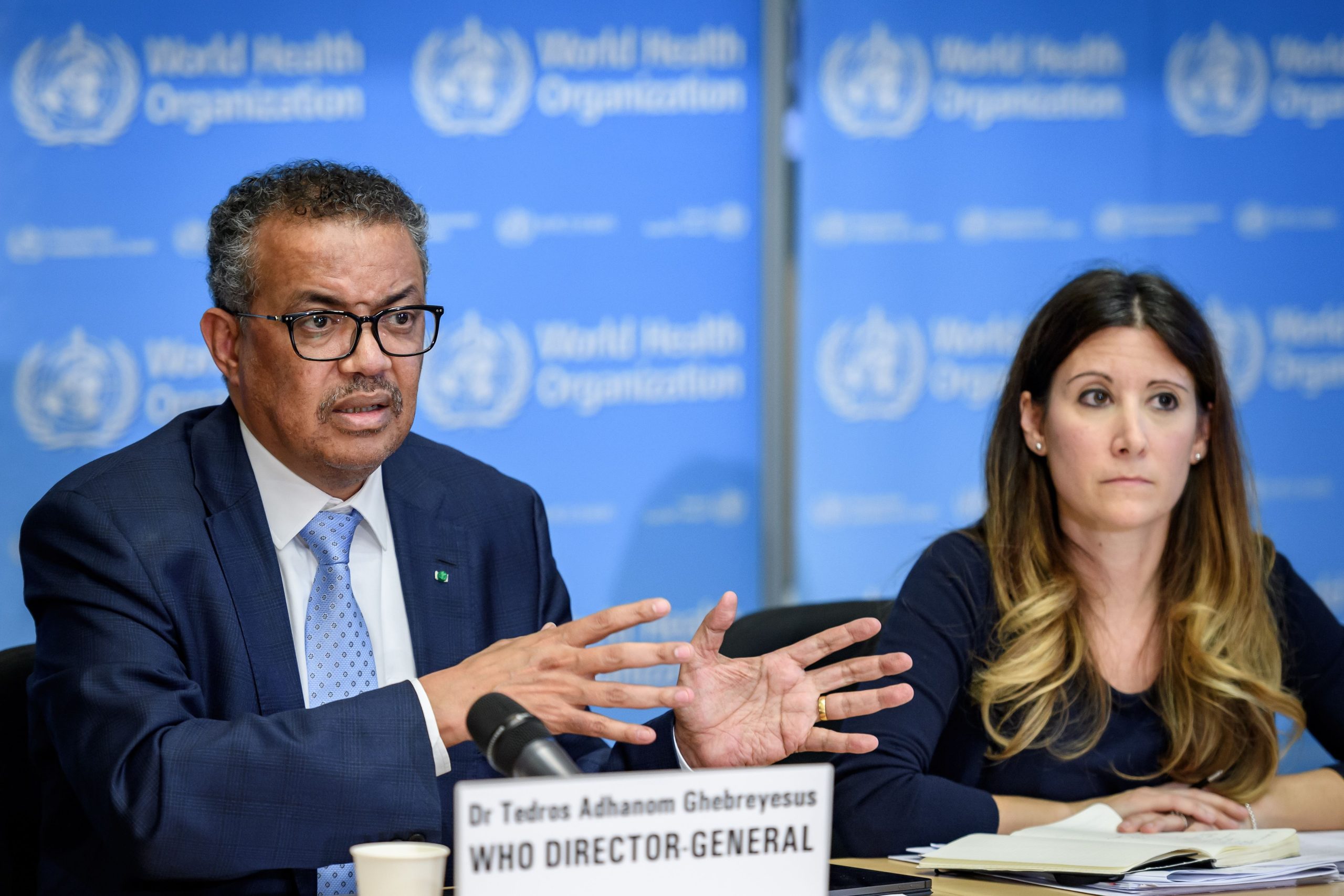After weeks of decline, the global tally of COVID-19 cases is now ticking back up. This uptick is raising concerns that we could see yet another surge amid relaxed health measures and the rise of the omicron subvariant BA.2, the most highly transmissible version of the virus identified to date.
According to the latest COVID-19 situation report by the World Health Organization, the global tally of new weekly cases increased 8 percent for the week ending on March 13, totaling over 11 million cases. Cases are increasing in the Western Pacific, European, and African regions. Korea, Vietnam, Germany, France, and the Netherlands reported the highest numbers of new cases.
"These increases are occurring despite reductions in testing in some countries, which means the cases we are seeing are just the tip of the iceberg," Director-General of the World Health Organization Dr. Tedros Adhanom Ghebreyesus said in a press briefing Wednesday.Some countries, such as China, are now grappling with their first surge of omicron cases, while other countries, such as those in Europe, are seeing a resurgence of cases amid the rise of BA.2. The subvariant is thought to be around 30 percent to 40 percent more transmissible than the initial omicron variant that spread worldwide, BA.1.
"Each country is facing a different situation with different challenges, but the pandemic is not over," Dr. Tedros said.
The good news about BA.2 is that vaccines and most treatments work just as well against the new subvariant as they did against BA.1. And studies have suggested that past infection with BA.1 can offer protection from an infection with BA.2. Additionally, BA.2 does not appear to be causing more severe disease than seen with BA.1.
But BA.2 is more transmissible and quickly overtaking BA.1 as the globally dominant variant. In Wednesday's press briefing, WHO's technical lead on COVID-19, Maria Van Kerkhove, noted that, in the past 30 days, 99.9 percent of all SARS-CoV-2 viruses sequenced globally were omicron. Of those sequenced omicron viruses, about 75 percent were BA.2, and the remaining 25 percent were BA.1.


 Loading comments...
Loading comments...
